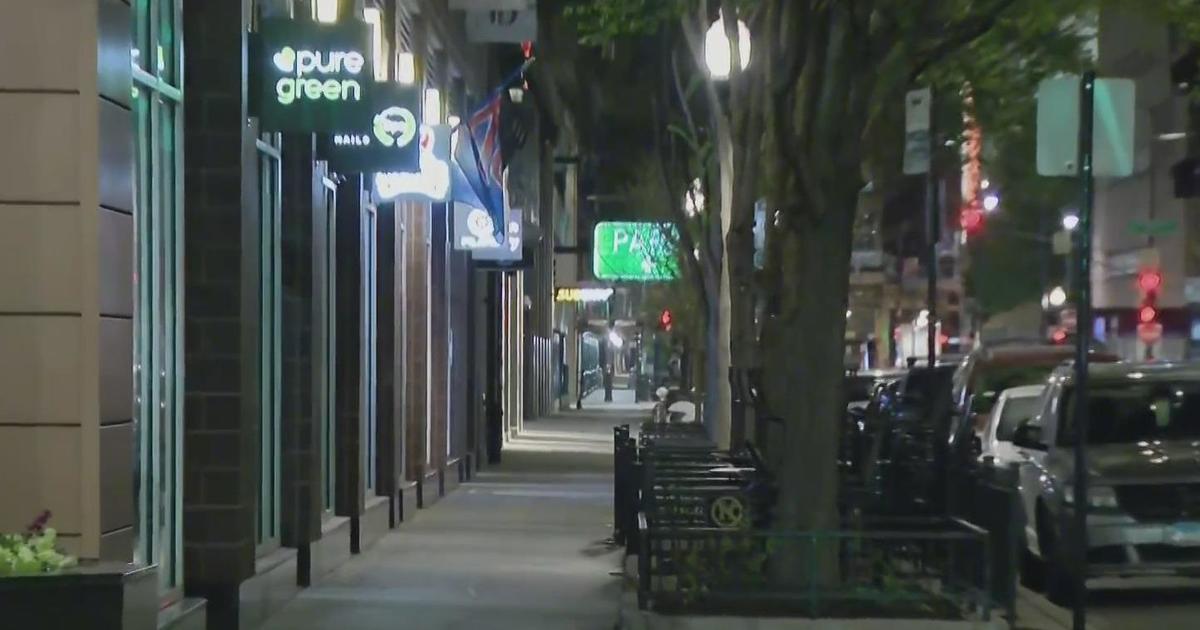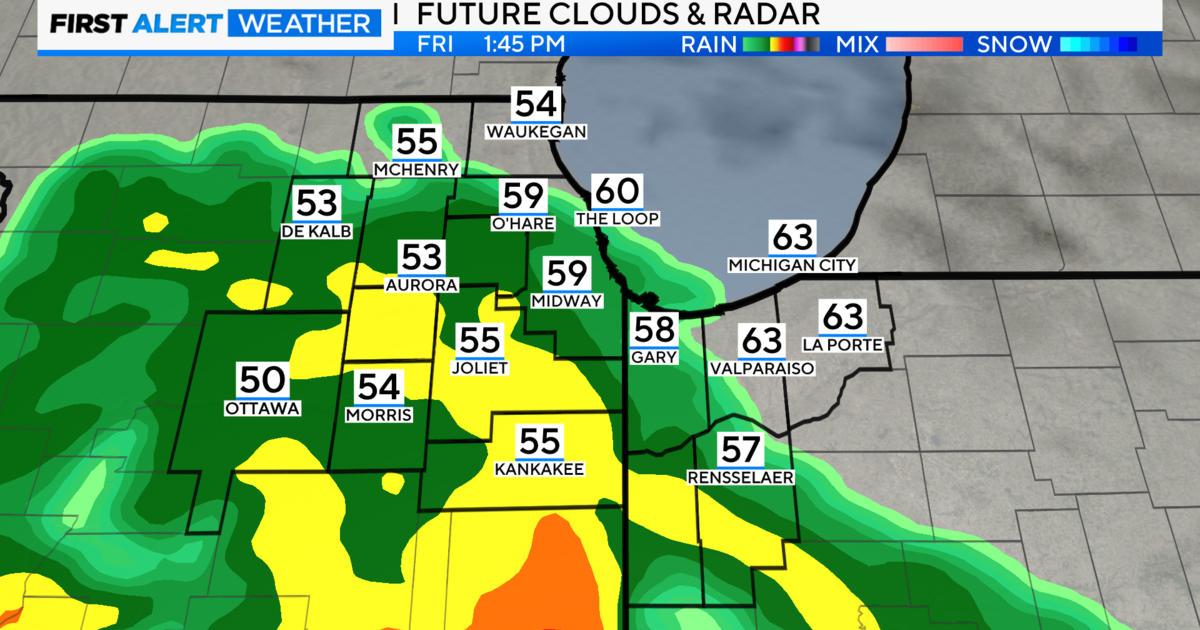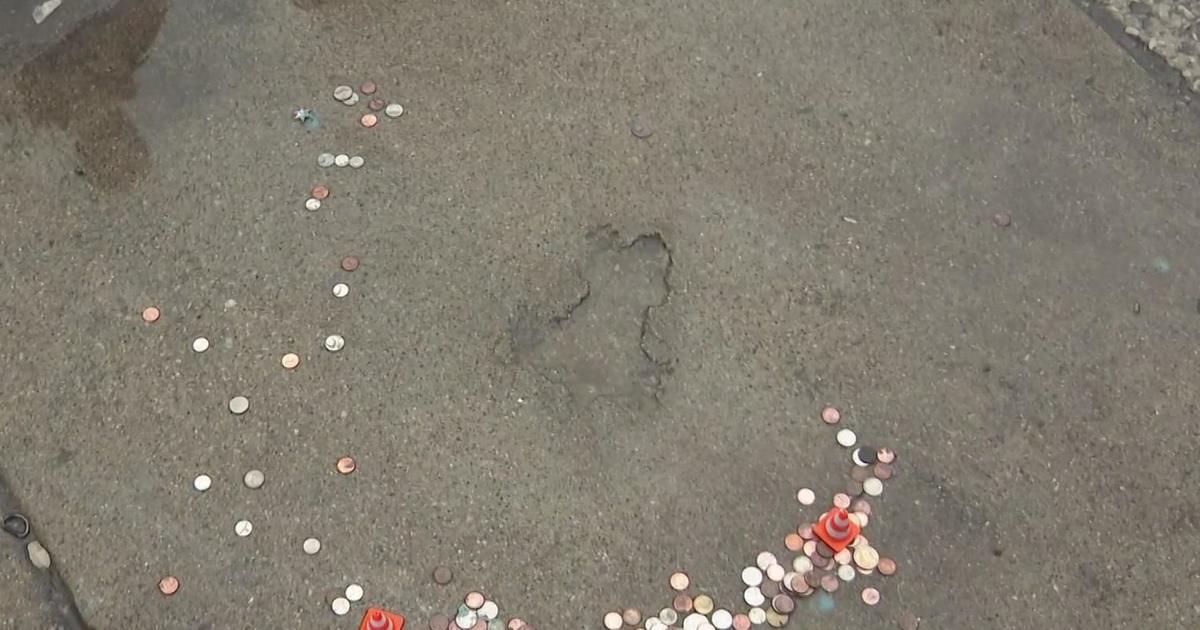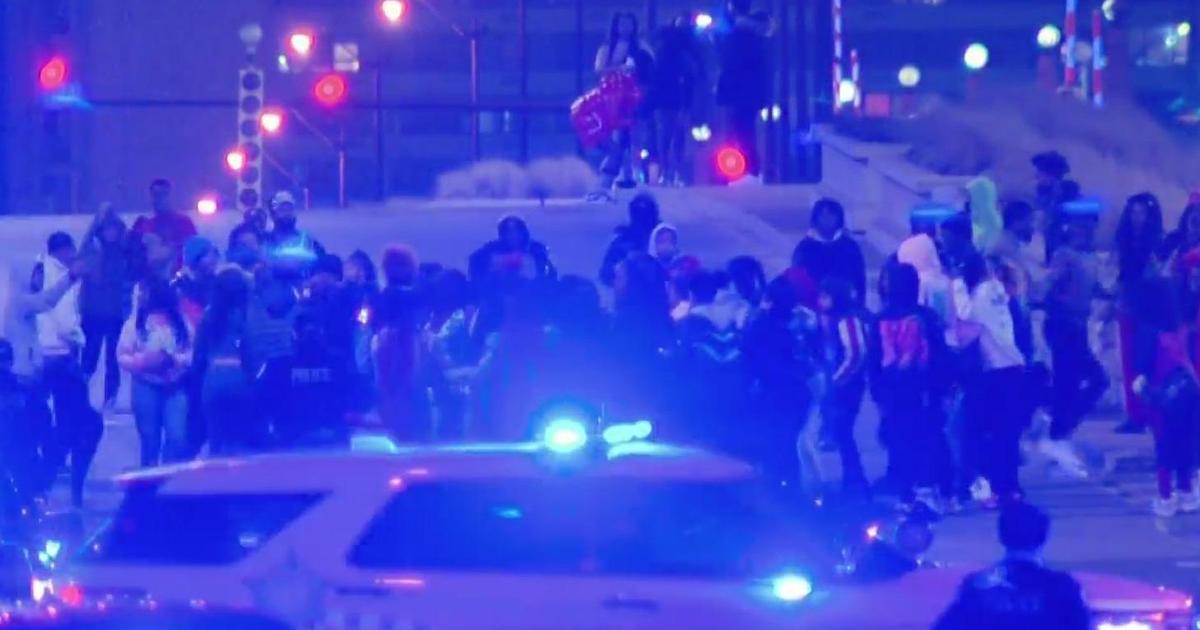Brutal Cold Leaves Chicago Shivering
CHICAGO (CBS) - On this day a mere two weeks ago, the temperature was a balmy 65 degrees, and the rain, thunder and tropical humidity evoked a summertime storm.
Perhaps you would rather not be reminded of that now.
Chicagoans are waking up Monday to temperatures in the single-digits and wind chills in the negative range.
As of 6:15 a.m., it was a mere 9 degrees officially at O'Hare International Airport, 11 degrees at Midway, and in Aurora, just 2 degrees. But wind chills made it feel as if it were -7 at O'Hare, -3 at Midway, and an icy -12 in DeKalb, CBS 2 Meteorologist Megan Glaros reported.
To be sure, the snow that fell on Saturday won't be snowing anytime soon. Light flurries might add to it on Monday, but no significant accumulation is expected.
The forecast high for Monday is 21 degrees, with an overnight low Monday night of 10. On Tuesday, the temperature will top out at 20 degrees, with a low of -11.
The temperature will return to a high at the freezing mark of 32 degrees on Thursday, but snow is also expected to return that day.
Facts About Frostbite And Hypothermia
Temperatures this low can pose a risk for frostbite and hypothermia. Both are serious conditions that can strike easily in extreme cold.
• When blood circulation is impaired by frigid temperatures, frostbite occurs. The first symptoms are a pale appearance and a tingling or stinging sensation, followed by a feeling of pain and discomfort, then numbness. This is a mild form of frostbite, and can be treated by getting to a warm place and trying to bring the affected area to room temperature or a little higher. This can be done by a process as simple as putting frostbitten hands under your arms or using lukewarm water to soak them. But hot water should never be used, and the skin mustn't be rubbed. Warming must be accomplished gradually.
• It is not always easy to predict the severity of frostbite, since it can be several days before the extent of the damage is seen. Skin with mild frostbite turns yellow or grayish, and the affected skin remains soft and pliable, but turns red and flaky as it thaws. But in more severe cases, blisters or sores might develop after one or two days. Never break the blisters.
• A deeper frostbite will turn purple or blue upon thawing. Anyone with those symptoms must seek medical attention immediately. Treatment will usually involve an antibiotic cream for the skin. But the most serious consequence of frostbite may be amputation.
• Hypothermia is a contributing factor in more than 25,000 deaths in the U.S. annually. Watch out for such symptoms as stiff muscles, shivering, a puffy or swollen face, cold skin, slowed breathing, impaired physical coordination, and mental confusion and irritability. If you are experiencing such symptoms, get to warm shelter and call 911 for emergency aid.
• Call 911 if you see a hypothermia victim, and be careful in handling the person, since the heart is extremely weak when the body is cold. The hypothermia victim should be insulated with blankets or any available covering – even newspapers – but should never be re-warmed using hot water bottles, electric blankets, or other thermal heat sources. The victim should not get any food or drink, and the feet should not be elevated. That can cause cold blood to flow into the core of the body and lessen what heat may be left.



